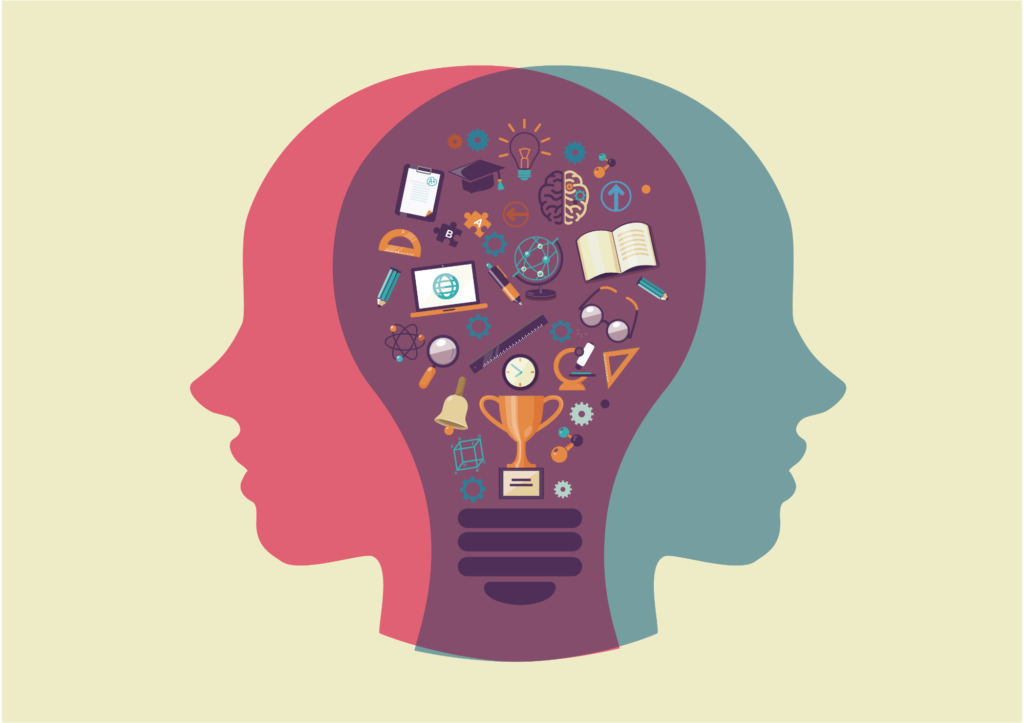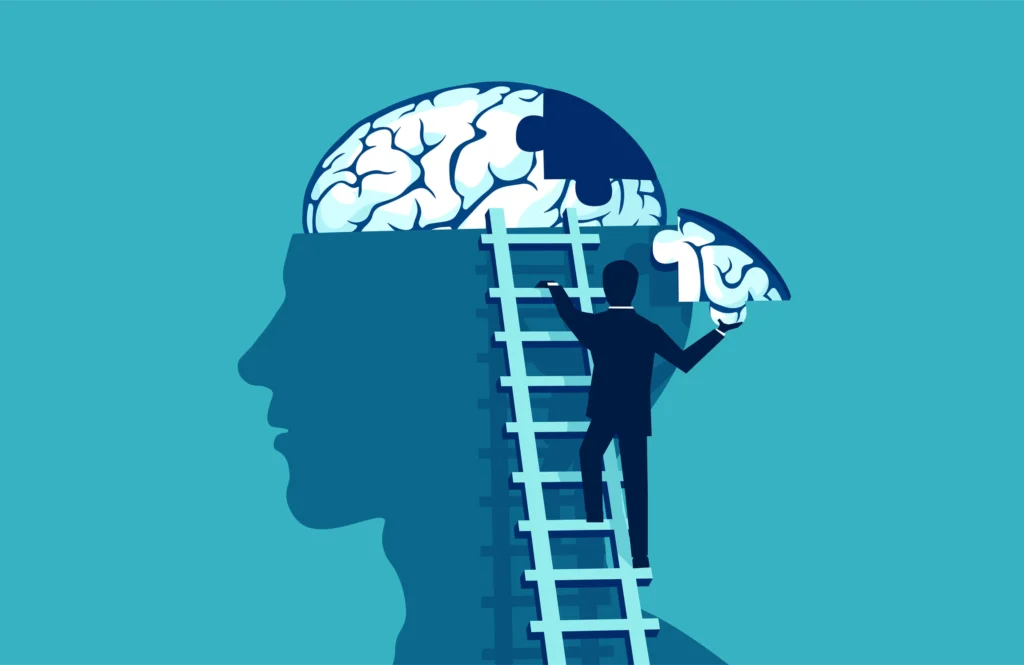Positive Psychology
- Home
- Positive Psychology
Positive Psychology
Positive psychology is a branch of psychology dedicated to understanding and enhancing the aspects of life that contribute to human flourishing. It focuses on the character strengths and behaviors that help individuals create a life filled with meaning and purpose, going beyond mere survival to truly thriving. Researchers and theorists in the field have identified key elements that define a good life, such as developing positive emotions, authentic relationships, and a sense of accomplishment. They have also tested and proposed various practices aimed at improving life satisfaction, well-being, and overall happiness. This approach shifts the focus from merely treating mental illness to promoting mental wellness and personal growth.

The Basics of Positive Psychology
Positive psychology focuses on fostering meaning and deep satisfaction in life, moving beyond just fleeting moments of happiness. Martin Seligman, often regarded as the father of positive psychology, identified several dimensions of happiness, including the Pleasant Life (the Hollywood version of happiness), the Good Life (focused on personal strengths and engagement), and the Meaningful Life. Positive psychology examines various experiences and behaviors related to different versions of positive living, such as specific positive emotions, “flow” states, and a sense of meaning or purpose.
In addition, positive psychology has worked to catalog character strengths and virtues that contribute to flourishing. The 2004 book Character Strengths and Virtues outlined six core categories: Wisdom and Knowledge, Courage, Humanity, Justice, Temperance, and Transcendence. These include individual strengths like gratitude, hope, and humor, all of which are seen as essential for living a fulfilling life.

How Is Positive Psychology Applied?
In positive psychology, identifying one’s character strengths, such as courage, humanity, or justice, is seen as a key step toward achieving a fulfilling and meaningful life. There are also several practical applications of positive psychology that individuals can try at home to promote well-being. One such practice is gratitude exercises, which have been researched as a way to increase happiness over time. These exercises involve simple actions like writing down three things each day for which one is grateful, helping to foster a more positive outlook on life.
Although the primary focus of positive psychology is on promoting happiness and fulfillment, it is important to note that this does not mean people are encouraged to suppress negative emotions. Those who are flourishing make room for inevitable negative states of mind and embrace them as a natural part of life. By balancing both positive and negative emotions, individuals can maintain a more resilient and well-rounded sense of well-being.
FAQ About Positive Psychology
Find Answers to Common Questions About Our Therapy Services, Therapists, and More
Benefits of Positive Psychology:
Practices such as gratitude interventions, which are a key aspect of positive psychology, have been shown to improve social and emotional well-being. Additionally, positive psychology has explored how developing character strengths, positive emotions like awe, and a sense of meaning and purpose can contribute to positive life outcomes.
Significance of Meaning and Purpose:
Research indicates that having a sense of meaning in life is associated with better life outcomes. For example, older adults who feel that their lives are worthwhile tend to experience better physical and mental health. Having a clear sense of purpose in life also offers well-being benefits.
What is Flow?
“Flow” is a state of total immersion and enjoyment in an activity, such as creating art or playing a sport. Psychologist Mihaly Csikszentmihalyi coined the term, and it is considered a key factor in contributing to a happy and fulfilling life.
Criticisms of Positive Psychology:
Critics argue that positive psychology may overly focus on positive experiences, neglecting the value of “negative” experiences, which are essential for growth. Additionally, some concepts, like character strengths, may not be clearly defined or may merely reframe existing scientific ideas.
Difference Between Positive Psychology and Other Areas:
Positive psychology differs from traditional psychology by focusing on identifying and enhancing mental assets (strengths, positive emotions, etc.), rather than primarily addressing weaknesses and problems.
Who Created Positive Psychology?
Key figures in the development of positive psychology include Martin Seligman (who popularized it as president of the American Psychological Association in 1998), Christopher Peterson, and Mihaly Csikszentmihalyi. The movement also draws inspiration from earlier humanistic psychologists like Abraham Maslow, who used the term “positive psychology” in the 1950s.
Elements of a Good Life According to Positive Psychology:
Martin Seligman’s PERMA model proposes five building blocks of well-being:
Positive emotions
Engagement
Relationships
Meaning
Accomplishment/achievement






